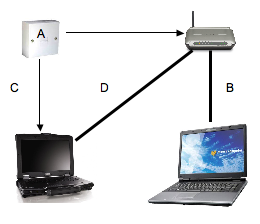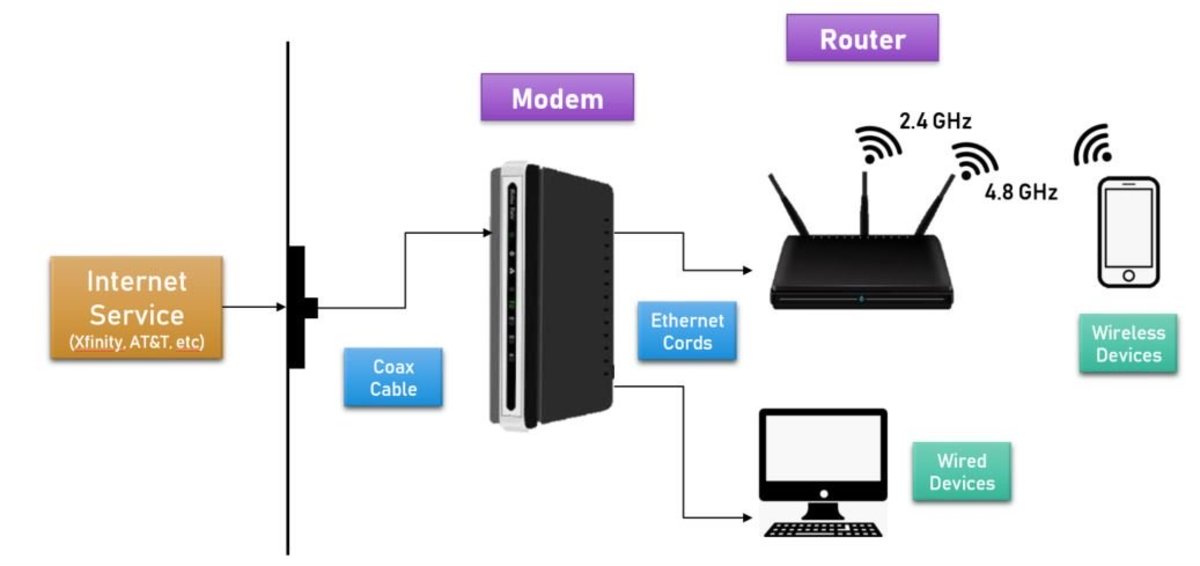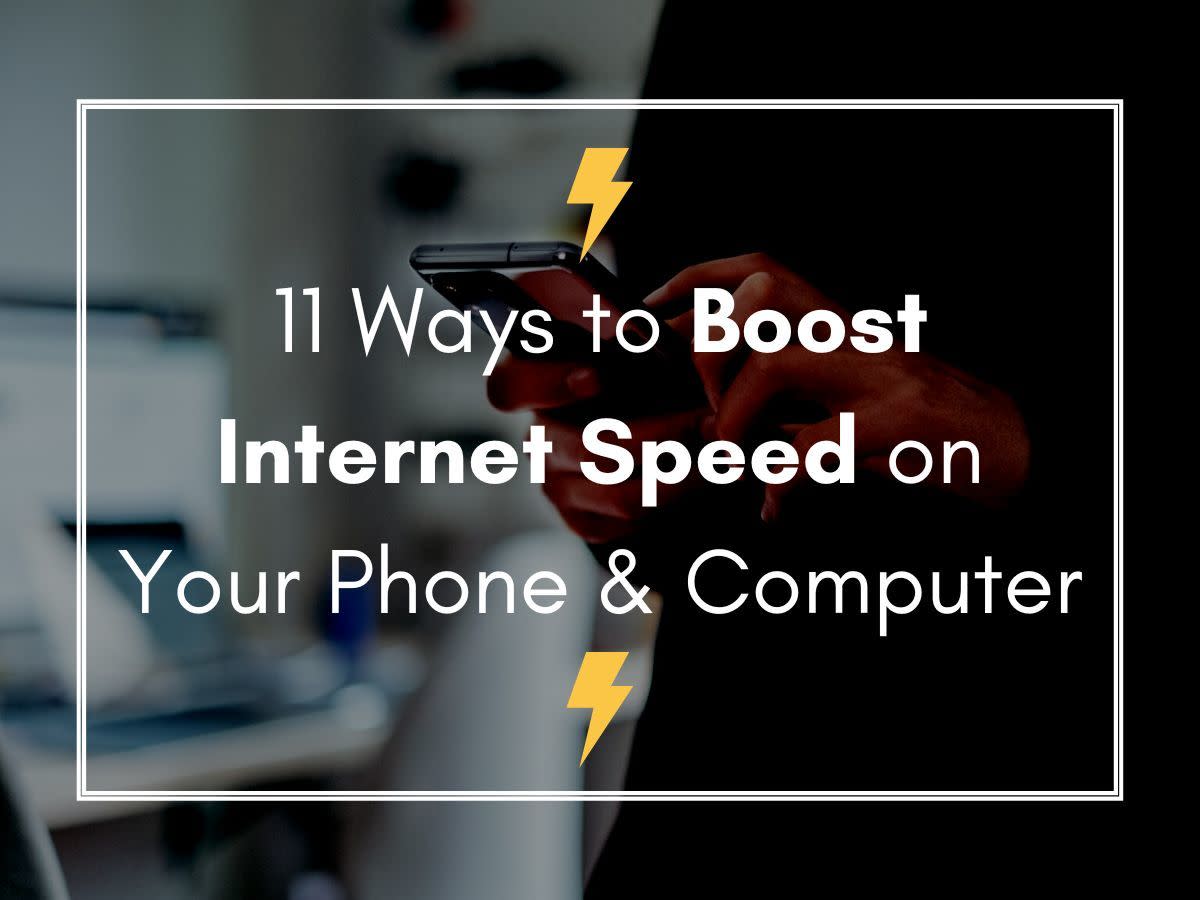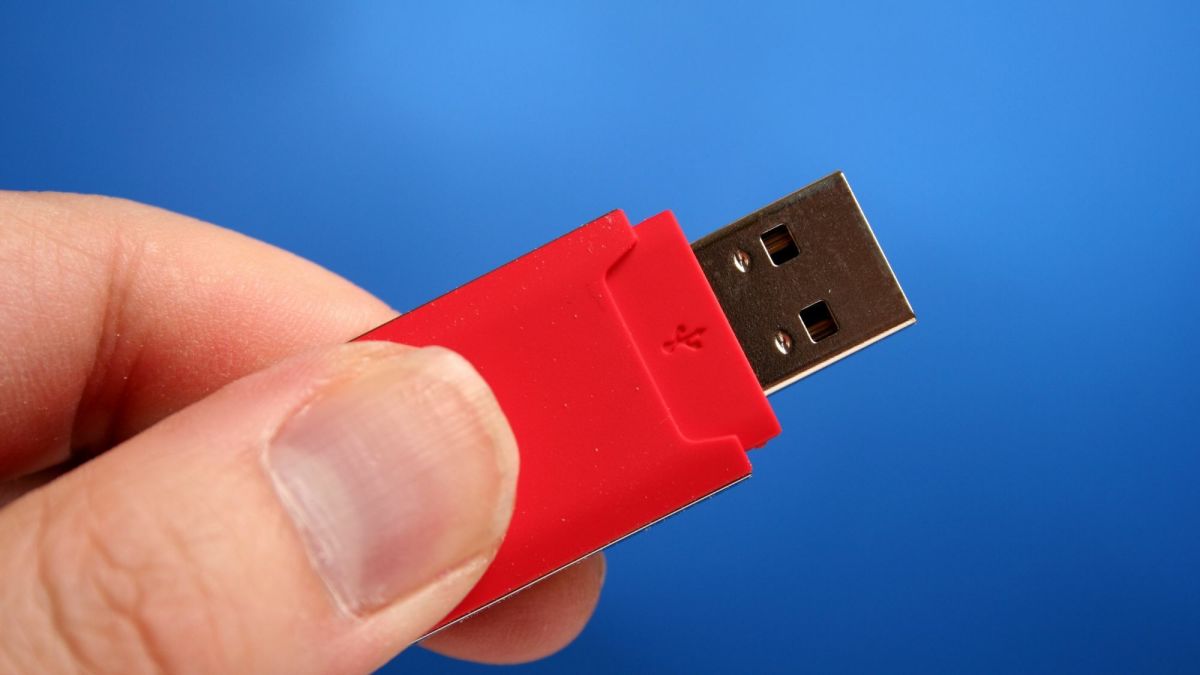How to increase the speed of your broadband


I have spent many years working on a slow and hard to use broadband. After waiting and adjusting my broadband for 2 years, I finally resorted to calling BT. They sent round a technician and I was shown the many ways in which you can ensure that you have a fast running broadband connection to the Internet.
Firstly the main thing that they advise you to do is to make sure that you have filters on all of the phone sockets around your house, it doesn't matter if the port is connected straight to the phone without an extra such as Sky, you still need to use a filter/splitter. This gets rid of any interference, this will work towards fixing any connection problems or speed problems.
Secondly a good thing to know is which is the 'main socket' in your house. This means that it is the strongest in your house. If you connect your modem to this it should mean that the Internet speed will pick up. If this port is in a place which is no viable, for example if it is too far away for the computers in your house using the wireless, then you can pay to have BT come round to your house so that they can rewire it so that the main port is somewhere else.
If you have an engineer come round to your house then make sure that they test the speed of the connection, they will usually have to find the main socket to check this out. Once they have found it they will check that they are testing on the right number and then they will check the speed. Now that they have found the speed that the main line is operating at then they can usually find out what the problem is.
If the speed coming through the main line is measured as being higher than the speed that your computer is working at then they will go through the stages of isolating so that they can find out what the problem is. If it is a problem with the modem/hub the connection speed when connecting via the modem/hub will be slower than if the BT engineer attaches their own modem (built into their laptop). Usually if this is the problem then you just need to get the latest model, or get yours repaired/updated.
If the homehub is not the problem then you are left with the fact that either the computers wifi adapters aren't functioning properly, or that the computer operates at a low speed because of an internal problem with the computer.
When the engineer reads the direct speed, the speed reported by the connection program can be not reliable. If the speed is slower than the said speed of the software, when they try to connect to the internet this means that the problem is not internal it is in the exchange. This may call for the equipment in the exchange to be changed, this can be arrangd by the engineer.
A common problem with old houses is that the connections such as the phones and the modem ports are connected in series (like some electricity circuits) this is a very common set up. This means that for the connection to reach the furthest port it has to travel through all the other ports on the way to get there. This is why the engineer reads off the main line so there is no interferance. If there is a fault port on the way to the modem it means that this needs to be repaired and any phones or connections are in the port they need to be taken out. You cna have the house wiring renewed so that it isnt in series but this may cost a lot depending on the provider.
Above is a flow diagram of the speeds of data flow. Based on matching your experience to the examples you can find out where the problem is.
A = High, B = High (there is no problem)
A = High, B = Low (problem with modem or laptop, then refer to A-D to find problem)
A = High, C = High (main line fine, results of speed check are reliable)
A = High, C = Low (results of speed check are unreliable)
A = High, D = High (no problem with the modem, check your computer)
A = High, D = Low (problem with modem)
Try all the above combinations and note the resulting sentences and you've got your problem. If you get low after A every time then there is a problem with the exchange and you need to call the broadband company.
If A is low to begin with then it is the fault of the exchange and you should call up the company and ask them to boot up the speed!
Thanks for reading, please email me or post my profile with any questions!
John Jackson








